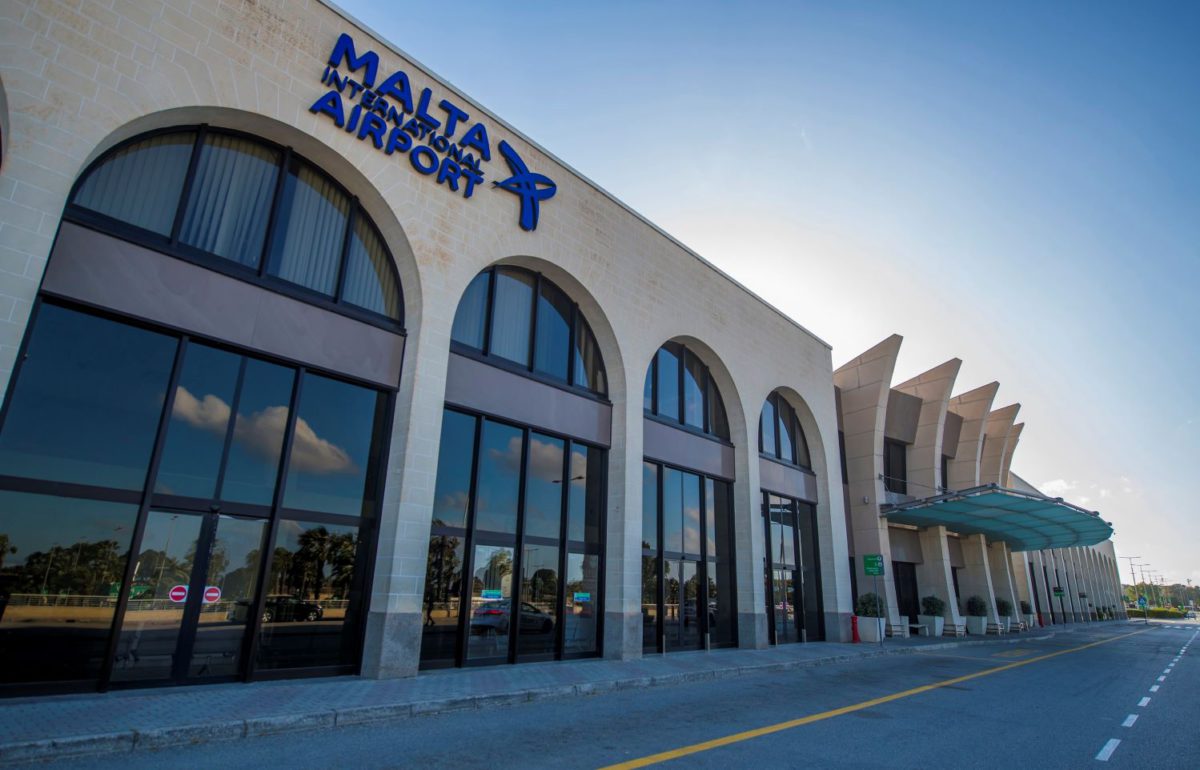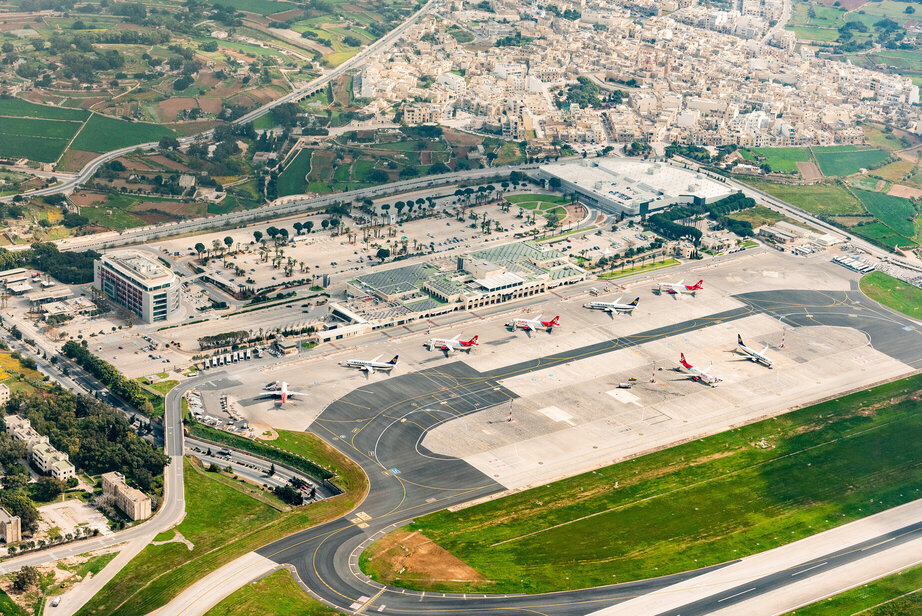Malta International Airport (MIA), in its outlook for the rest of 2021 as part of its interim financial results for the first half of the year, painted a bleak and uncertain picture as it identifies Malta’s stringent travel restrictions as being expected to put the country “at a disadvantage when compared to similar destinations”.
While acknowledging that the easing of some travel restrictions led to improved passenger numbers handled by MIA in June compared to previous months, the aviation industry’s recovery “continues to be beset by uncertainty as travel restrictions continue to change, dealing new blows to consumer confidence in both air travel in general and Malta as a destination”, the company wrote in its outlook.
MIA singled out the Government’s introduction of mandatory 14-day quarantine for unvaccinated travellers as of 14th July 2021 as constituting a “major setback to the industry’s recovery process locally”.
It noted that the decision singles out Malta as the only EU member state to impose such a blanket quarantine requirement, however, since then a total of 13 European countries have imposed the need for an EU green certificate, showing proof of vaccination, a negative PCR test or proof of recovery, to enter indoor catering. Some states are using the pass broadly for hospitality and entertainment, while others have restricted its use.
A rise in cases, including in Malta where around 80 per cent of locals are fully vaccinated, led to Governments introducing mandatory testing or limited movements of unvaccinated persons.

MIA added that further compounding matters “is the decision not to accept recovery certificates for unvaccinated travellers, going against the spirit of Regulation (EU) 2021/953 of the European Parliament and of the Council, which came into force to facilitate free movement during the COVID-19 pandemic”.
Between 1st June 2021 and 4th July 2021, Malta was already lagging behind its Southern European counterparts, the MIA noted, registering a drop of 71.6 per cent in passenger numbers compared to an average drop of 60.5 per cent registered by the wider airport group.
“The abovementioned restrictions, which complicate travel to and from the island, are expected to put Malta at a disadvantage when compared to similar destinations.”
The restrictions highlighted “had an almost instant impact on passenger demand for air travel to Malta”
In turn, the MIA said, this has constrained certain airlines – especially carriers operating from markets with low vaccination rates or whose populations have received non-EMA approved vaccinations – to cancel flights for the month of August and beyond, and others to deploy reduced seat capacity on routes to and from the island.
“In light of the above and given the volatility of the environment within which Malta International Airport has been operating for the past months, the Company does not have sufficiently reliable data to provide the market with guidance.”
Performance Review
MIA welcomed 403,812 passengers in the first half of 2021, resulting in a drop of 2,848,095 passenger movements, or an overall decline of 87.6 per cent compared to 2019.
With consumer confidence and air travel demand remaining particularly low in the winter months, seat capacity deployed registered a drop of 87.7 per cent in parallel with an 83.6 per cent drop in aircraft movement in the first three months of the year compared to 2019.
The top markets for Q2 were Italy, Germany, France, Turkey and Poland, with the results registered by these markets being driven by the relaxation of certain restrictions on travel from Malta and the resumption of flight operations to a number of European regional airports.
Meanwhile, Turkey remained an important connecting hub for passengers who could not travel directly to their final destination due to restrictions in place.
Malta officially opened to international travel on 1st June, while the gradual resumption of several routes from mid-May to June, together with the start of operations of two new flag carriers – Cyprus Airways and LOT Polish – led passenger numbers to increase more than threefold in Q2 compared to Q1.
Financial Performance
Total revenue for the period from January to June decreased by 16 per cent; from €14.9 million in H1 2020 to €12.6 million in H1 2021. Revenues from the airport segment saw a decrease from €8.4 million in the first half of 2020 to €5.8 million in the reporting period, while the retail and property segment recorded a slight increase of €0.2 million to €6.8 million.
“The decline in total revenues for the first half of the year reflects the COVID-induced challenges which persisted, particularly during the winter months.”
While drops in revenue were registered in Q1 2021 compared to Q1 2020 due to the impact of COVID-19 being delt fully only towards the end of the first quarter of 2020, the disproportionate increases seen in Q2 2021 when compared to Q2 2020 stemmed mainly from the airport’s closure to commercial flights from 21st March 2020 to 30th June 2020.
Turkey on top but ribeye gains ground: Butchers explain what’s on Malta’s festive tables
BusinessNow.mt speaks to four local butchers to see what the Maltese are cooking up in their homes
Gozo’s business confidence reaches new highs, survey finds
The latest GBS survey shows stronger activity, rising investment plans and resilient hiring
Malta forecast to enter world’s 15 richest countries per capita
Malta is projected to overtake the UK, Germany, Austria, Canada and Sweden in terms of GDP per capita






